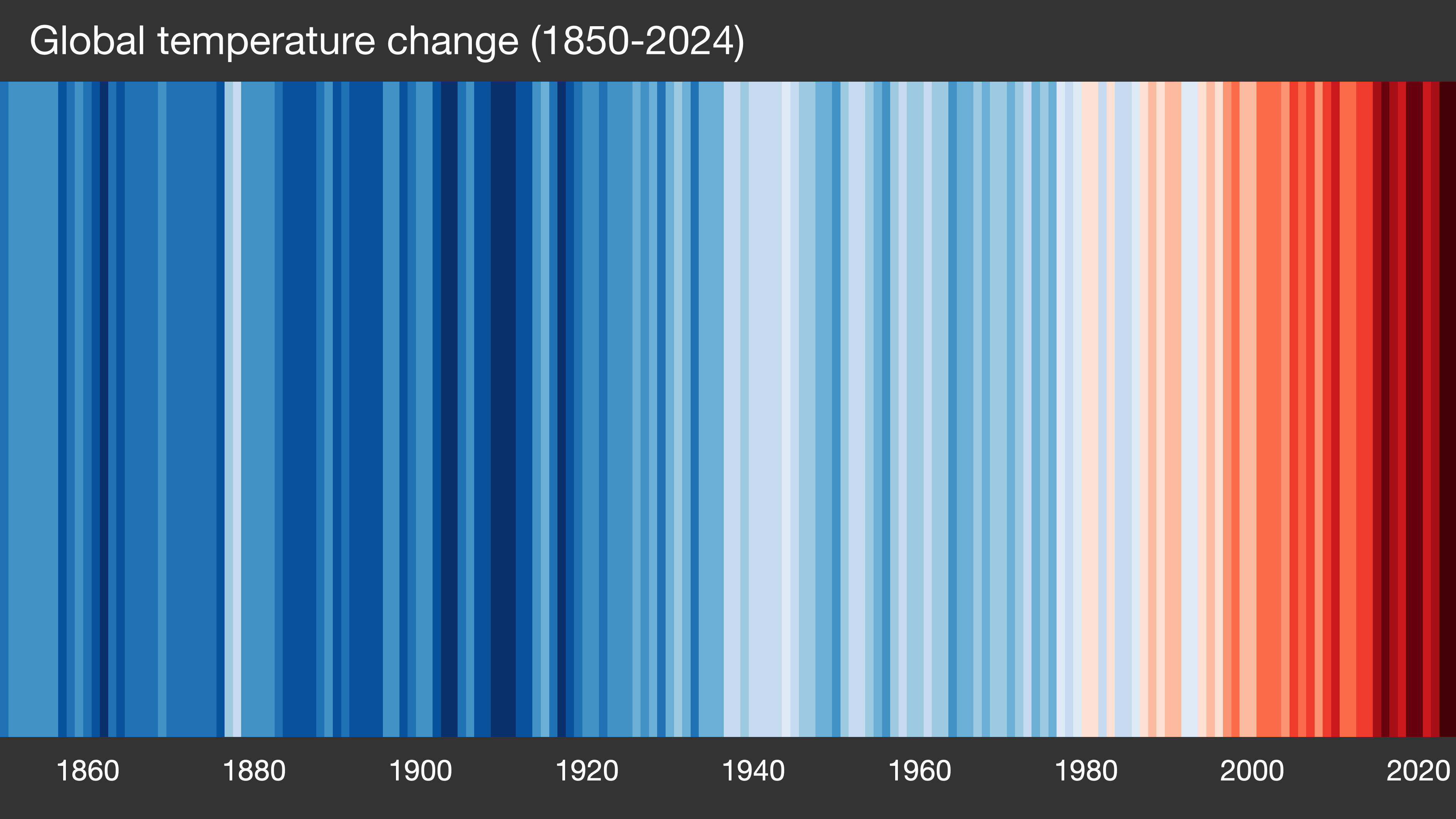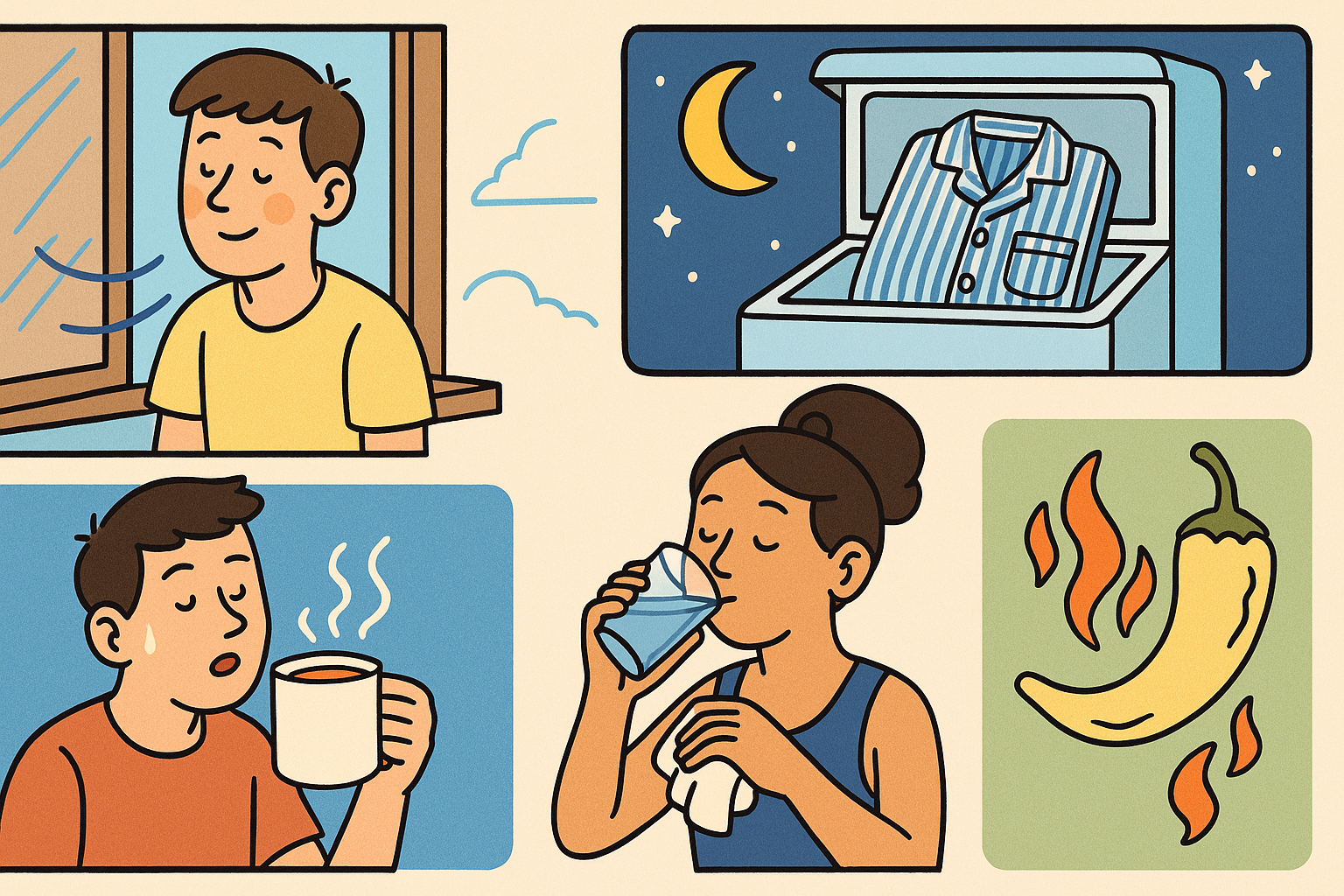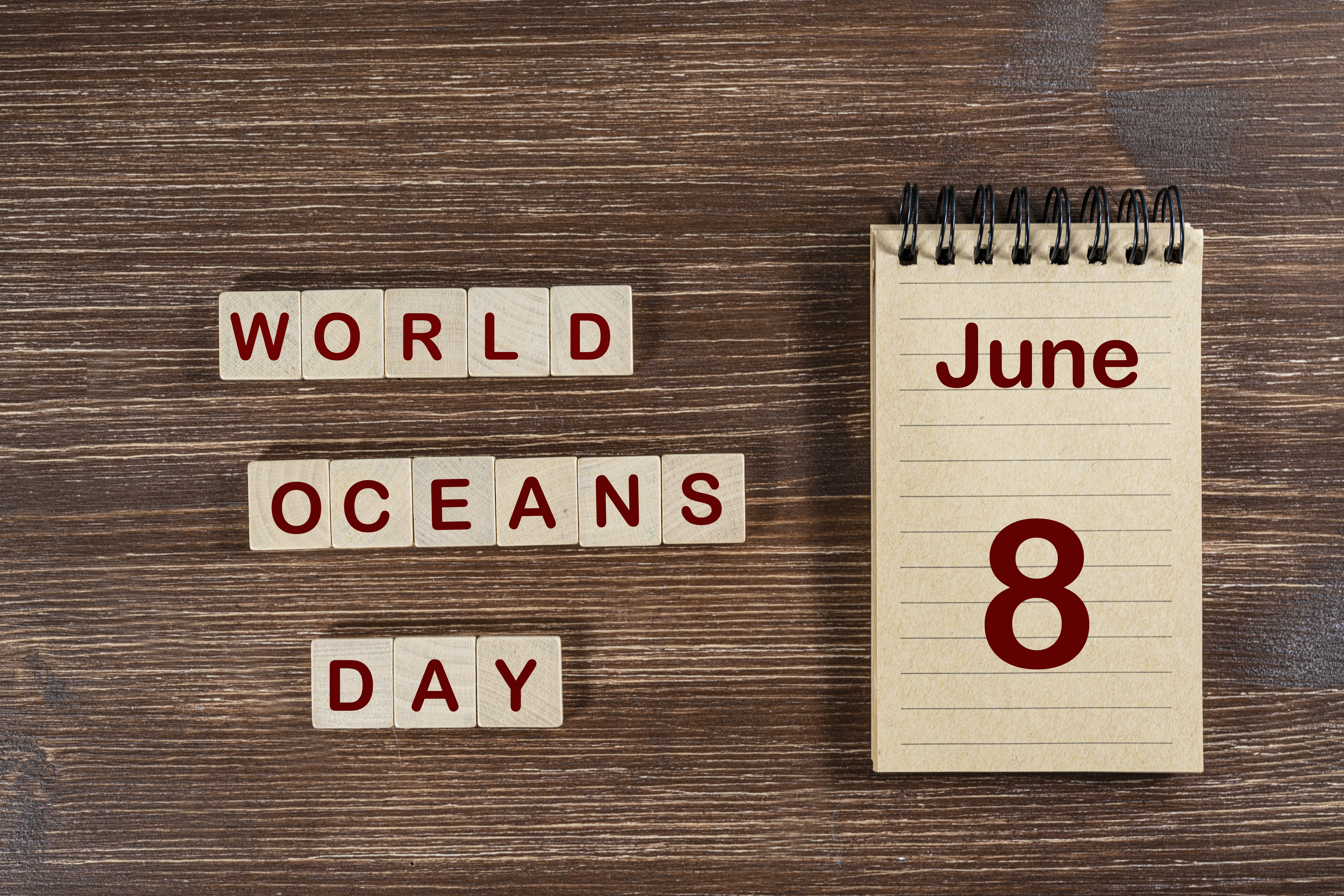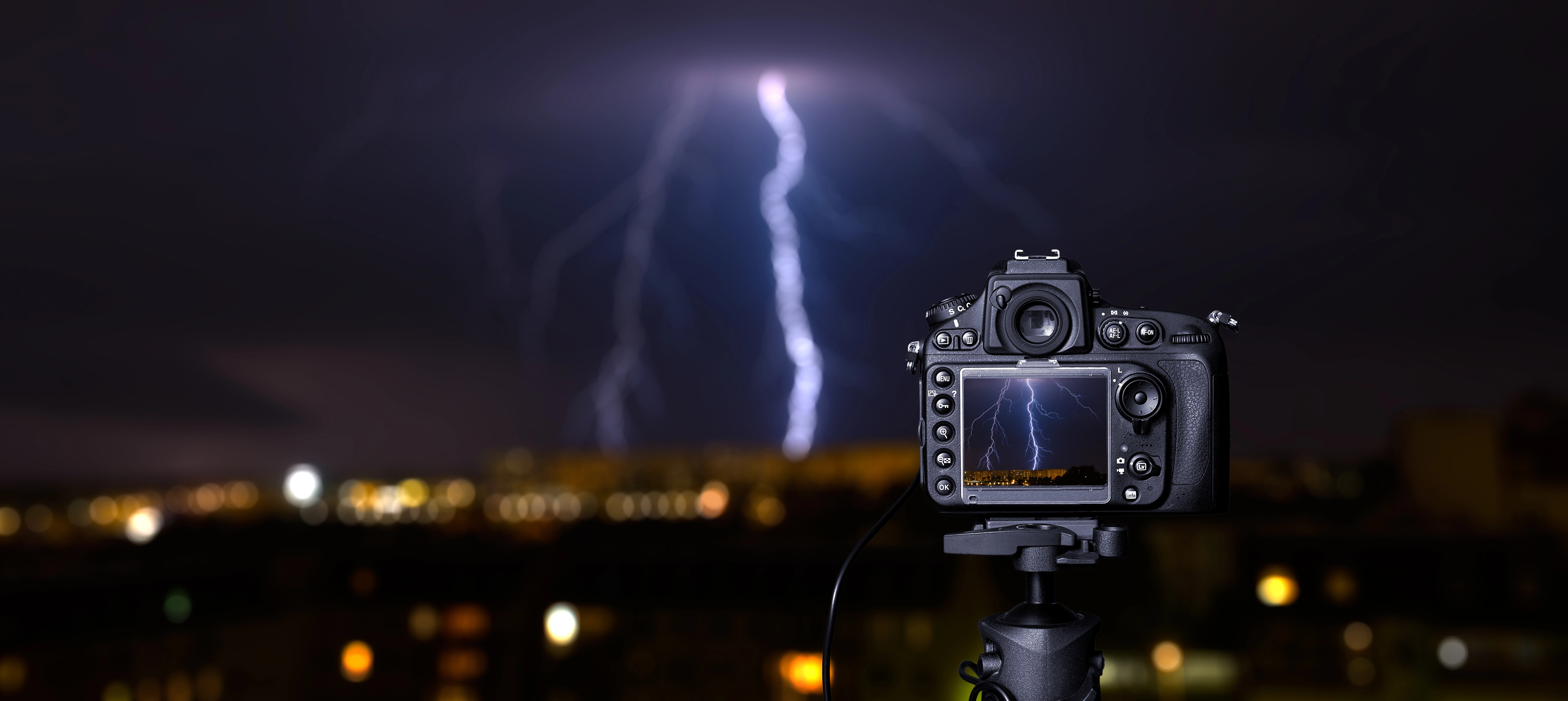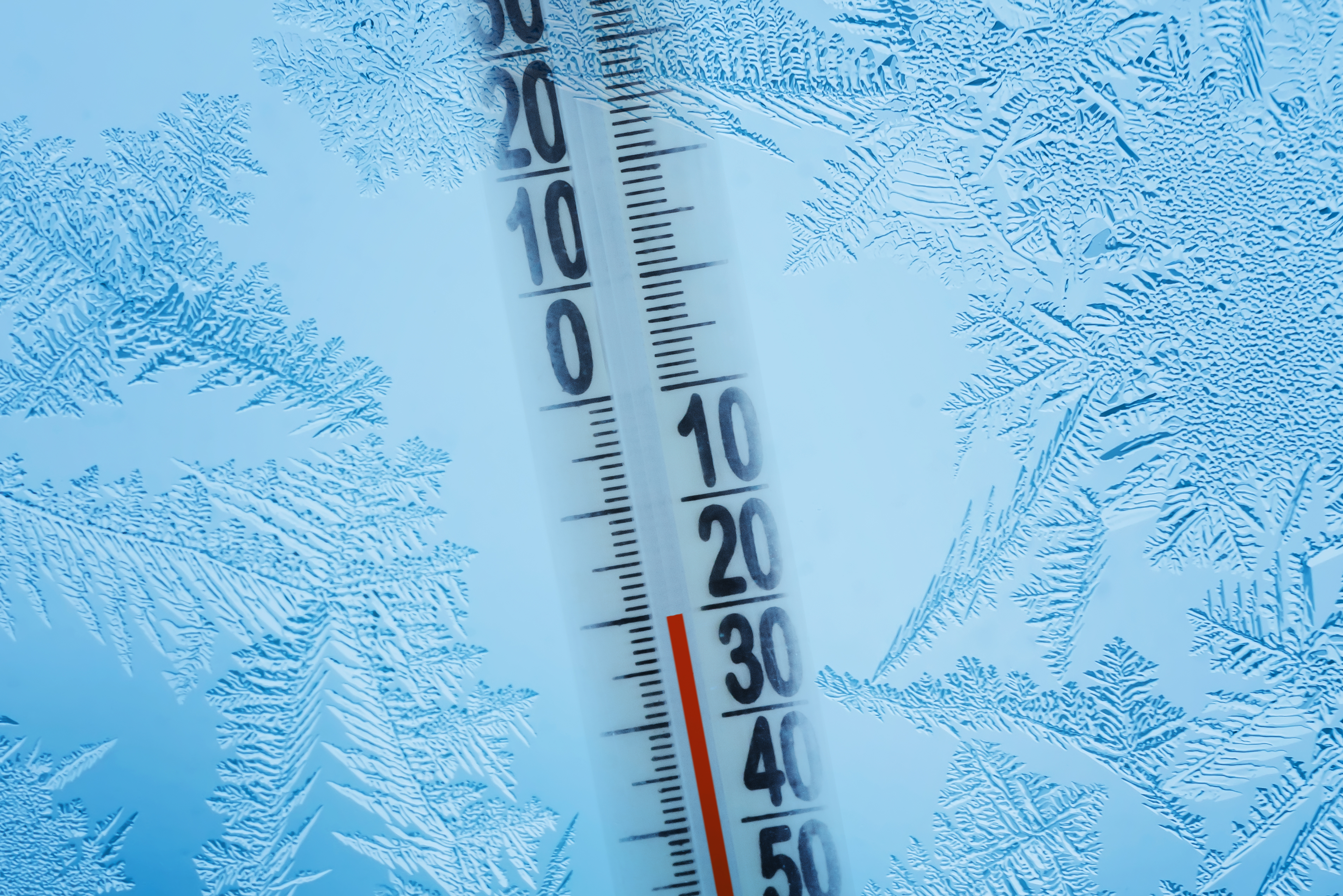

Cold waves
by Kirsty McCabe, FRMetS
Most of us are aware of heatwaves, but what about the opposite extreme – cold waves? This is defined as a rapid fall in temperature within 24 hours that lasts for an extended period. How cold it gets depends on the location and time of year, taking the temperature difference from normal into account, so cold wave criteria varies between countries.
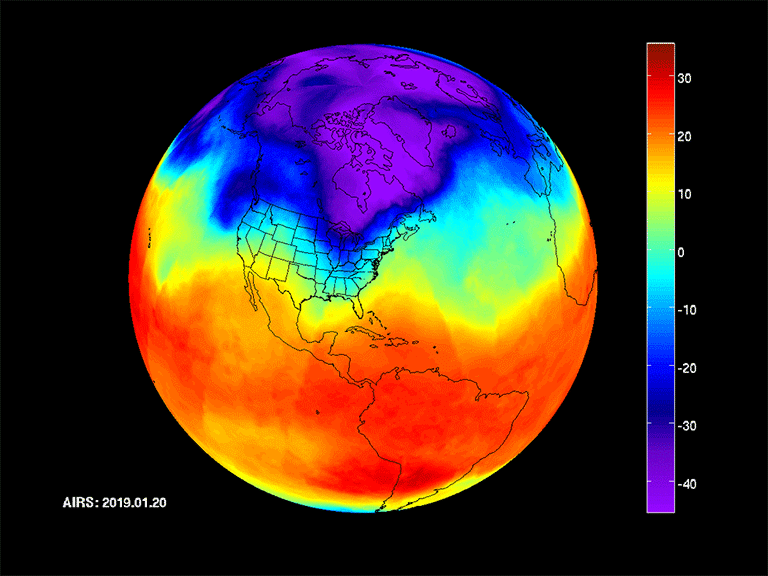
In the northern hemisphere, cold waves occur when very cold, dense air moves from the polar or Arctic regions of northern Canada or northern Asia. A plunge of cold air at the surface is linked to what’s happening higher up in the atmosphere with the polar vortex and the jet stream. The jet stream usually travels in a pretty straight line from west to east, but when it buckles and becomes wavier, this affects pressure patterns at the surface. So the “wave” in cold wave comes from a wavy jet stream.
Just like their hotter counterpart, cold waves adversely affect our health, infrastructure and agriculture. Extreme temperatures kill millions of people each year around the world, with exposure to cold more deadly than heat. Cold waves are often preceded by winter storms, bringing hazards such as blizzards, ice storms and deadly wind chill.
There have been many notable cold wave events across the globe over the years. During the winter in North America, the jet stream transports cold Arctic air southwards across the plains of Canada and the United States, then eastwards towards the Atlantic Ocean where it meets warm moist air moving northwards from the Gulf of Mexico. The difference in temperature between the cold and warm air fuels fierce “nor-easter” storms (so called because the winds are typically from the northeast).
Millions across the USA and Canada were affected by surges of extreme cold during winter 2022/23. Arctic air brought icy gusts that caused frostbite in a matter of minutes. On 3 February, the Mount Washington Observatory recorded its lowest ever wind chill, an unfathomable -78°C (-108°F).
❄️💨❄️This is EXTREME WEATHER! Right now Mount Washington is living up to the reputation of having the worse weather in the world.
— NWS Cleveland (@NWSCLE) February 3, 2023
INSANE conditions Temp -42° F, Wind Chill -101° F, Wind Gusts 127 mph! https://t.co/vr4pGu9p7G
From the summit cam 230-240pm. #OHwx #PAwx pic.twitter.com/6N30euV9oL
In January 2023, a deadly cold snap affected central and eastern Asia, with record sub-zero temperatures and heavy snow extending from Russia and China to Afghanistan, Pakistan, Japan, the Korean Peninsula and Taiwan. China’s northernmost city, Mohe, saw temperatures drop to -53°C on 22 January, living up to its nickname of “North Pole village” and setting a new all-time low for China.
A week after China's northernmost city, Mohe, recorded its lowest ever temperature at -53°C (-63°F), areas of eastern Russia and northeast China are still feeling the grip of an exceptional cold surge
— Met Office (@metoffice) January 28, 2023
Although now not as intense, temperatures are still notably below average 🥶 pic.twitter.com/foGTRM3iIO
❄️In China’s most far north city Mohe temperatures have dropped to the record-low of -53C this week.
— Sky News (@SkyNews) January 27, 2023
These extreme cold snaps come as a stark contrast to China’s summer of heatwaves and drought, when part of the Yangtze river dried up.
Read more: https://t.co/MnfKBq1Cc8 pic.twitter.com/b0dWpcIFs7
Here in the UK, cold waves are caused by air that originated over the Arctic or Siberia. The Met Office issues Cold Weather Alerts for Public Health services in England based on these thresholds:
- Mean temperature falls below 2°C for 48 hours or longer and/or
- Heavy snow and/or widespread ice
Level 3 Cold weather alert has been issued. For more information, go to http://t.co/xnSbpfApQU pic.twitter.com/3SleHFuOFJ
— Met Office (@metoffice) January 15, 2015
Most famously back in 2018, easterly winds created bitter conditions and snow in a cold wave event now referred to as the “Beast from the East”. Some locations struggled to get above 0°C during the day, with night-time temperatures down to -8°C quite widely at times. A significant wind chill made it feel several degrees colder.
Snowfall accumulations reached over 20cm in some northern and eastern areas, and even up to 50cm. Snow drifts were also prominent due to the strong winds.
As a result of the severe weather, many roads became blocked causing motorists to become stranded. In addition, there were disruptions and cancellations on other transportation networks, school closures, interruptions to power supplies and some remote communities were even cut off.

